By Bianca Harmetz
Italy is a land of storytellers, where every street corner seems to inspire unforgettable tales. Among its lesser-known treasures are its comics—ranging from laugh-out-loud humor to gripping intrigue. If you’re learning Italian or want to improve quickly, now’s the perfect time to discover something truly special.
Topolino and the Disney Universe: Not Just for Kids
Topolino (Mickey Mouse) is the king of children’s comics—and in Italy, it’s a cultural phenomenon. His stories, packed with lively dialogue, offer a remarkably rich vocabulary—mixing colloquial phrases with more refined terms—making language learning feel easy and natural. Thanks to Italian writers like Romano Scarpa, Topolino evolved into a creative laboratory, quite distinct from its American counterpart. In the 1960s and ’70s, these comics began weaving in social satire and layered nuance. 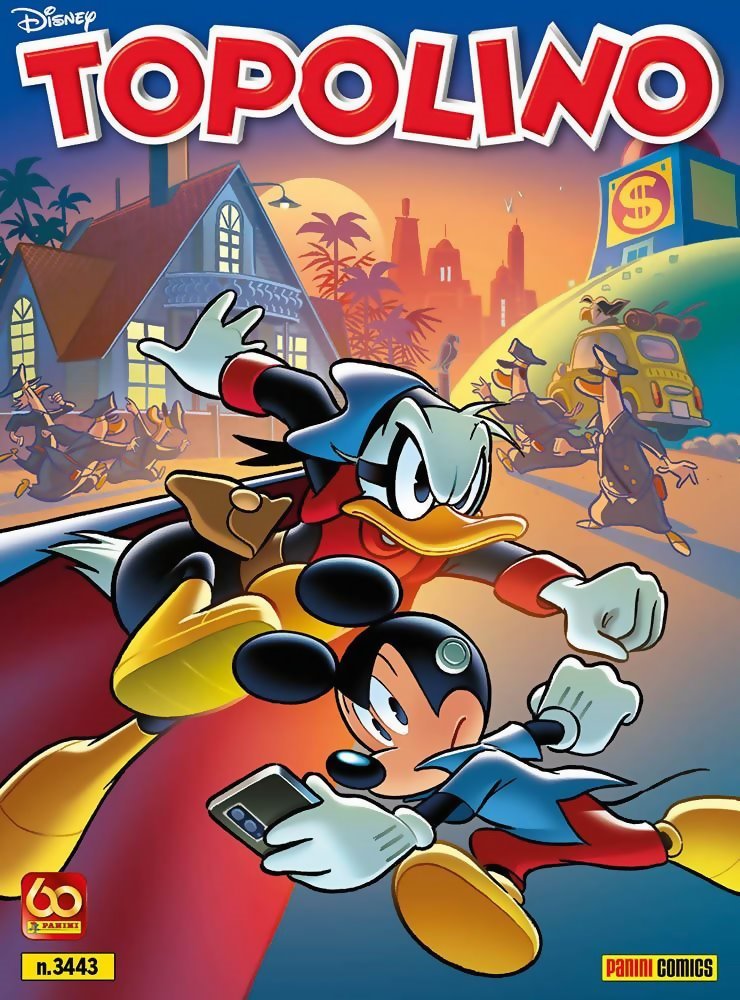
But the real star is Paperino (Donald Duck), the clumsy, unlucky “everyman” everyone loves. Unlike Mickey, who is so perfect he borders on boring (many readers even skip his stories!), Donald is a loveable antihero, always caught up in hilarious mishaps. His transformation into Paperinik—a masked superhero alter ego created in 1969 by Guido Martina and Elisa Penna—is a powerful symbol of redemption: from loser to vigilante, part Batman, part Robin Hood.
Diabolik: The Thief Who Steals Hearts (and Wallets)
Created in 1962 by sisters Angela and Luciana Giussani, Diabolik reigns as the dark prince of Italian noir comics. He’s not just a charming thief, but an antihero who embodies the moral ambiguity so familiar in Italian storytelling. His sleek Jaguar E-Type and James Bond-like gadgets reflect the ’60s obsession with design and innovation—a true ode to Made in Italy. Trailblazers in a male-dominated industry, the Giussani sisters crafted a character who steals from the rich but follows his own moral code—most notably his unwavering loyalty to Eva Kant. That loyalty gives him surprising depth and humanity. Each panel feels like a prelude to modern antiheroes like Walter White.
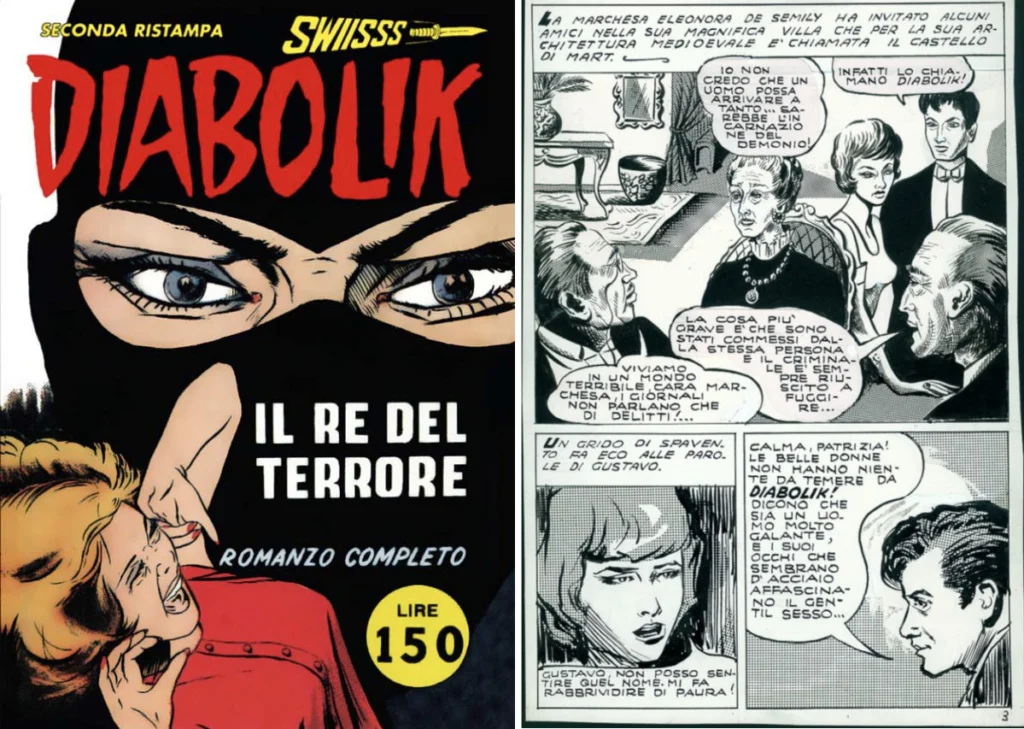
Corto Maltese: The Cosmopolitan Adventurer
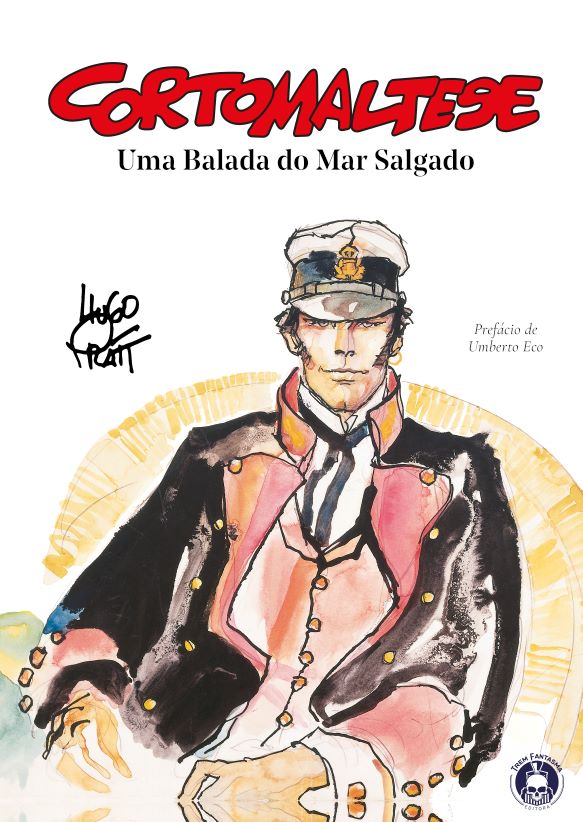
Corto Maltese, created by Hugo Pratt in 1967, is another kind of antihero—poetic, rootless, and introspective. The narrative freedom of his stories—blending myth, dream logic, and Fellini-esque dialogue—creates a uniquely reflective atmosphere. With his ironic wit and rejection of authority, Corto is a cosmopolitan Italian soul, shaped by the cultural crossroads of the Mediterranean. Far from American stereotypes, his complexity inspired figures like filmmaker Wim Wenders and writer Umberto Eco.
Other Giants: Dylan Dog, Tex, and Italy’s Creative Chaos
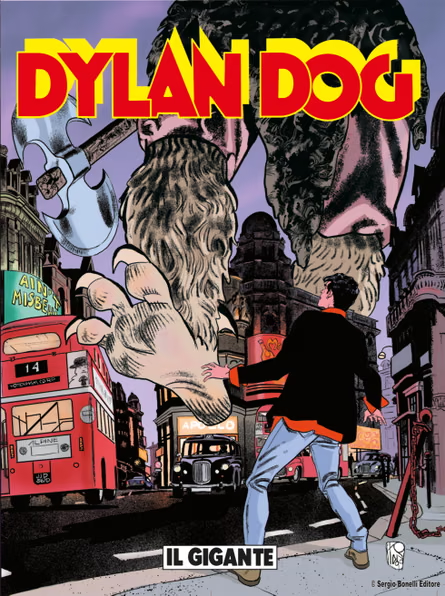
Dylan Dog (1986, by Tiziano Sclavi) is a haunted antihero—a “nightmare investigator” whose stories prefigured series like Buffy the Vampire Slayer, mixing horror with existential musings.
Tex Willer (1948, by Gian Luigi Bonelli and Aurelio Galleppini) is a loyal cowboy, a friend to the Navajo, and a precursor to the buddy movie archetype alongside his sidekick Kit Carson. Both characters, with their flaws and ideals, offer readers a grounded, relatable humanity.
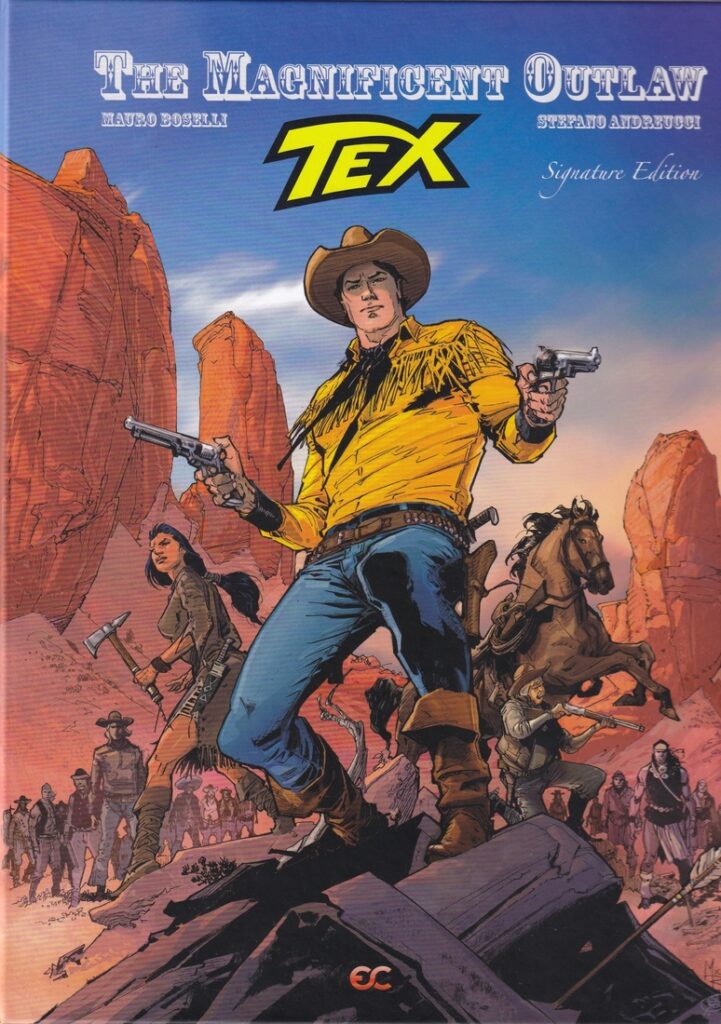
Italian Comics and the Magic of Imperfection
What do these antiheroes have in common? Their flaws. And it’s precisely those imperfections that set them apart from the more polished American archetypes. Donald fails. Diabolik breaks the law (but stays true to Eva). Corto drifts aimlessly. Dylan doubts everything. Tex argues. They are human—and that’s what makes them so irresistible. Italian illustrators, masters of expressive linework, bring these stories to life with vivid, emotive detail that heightens both mood and meaning.
One Last Anecdote: Comics as Therapy
In the 1990s, Italian psychologists used Topolino and Dylan Dog to help teens explore anxiety and identity. Donald, with his endless setbacks, and Dylan, with his inner demons, helped young readers better understand themselves. Italian comics aren’t just stories—they are dreams, reflections, and sometimes, medicine for the soul.
